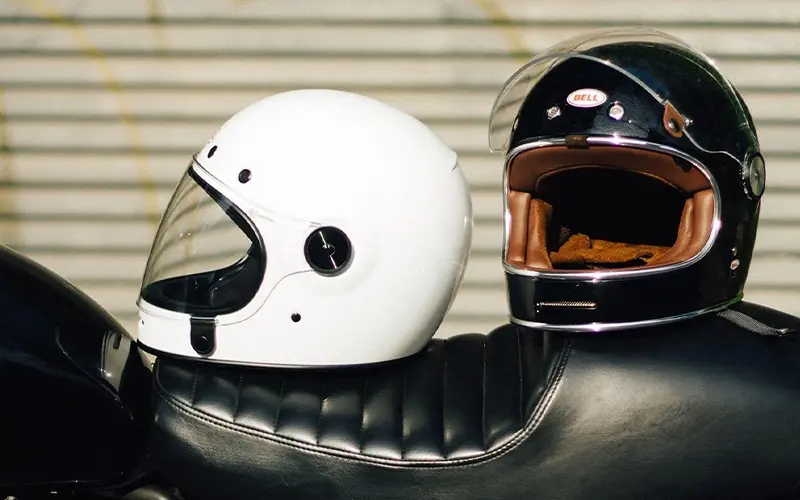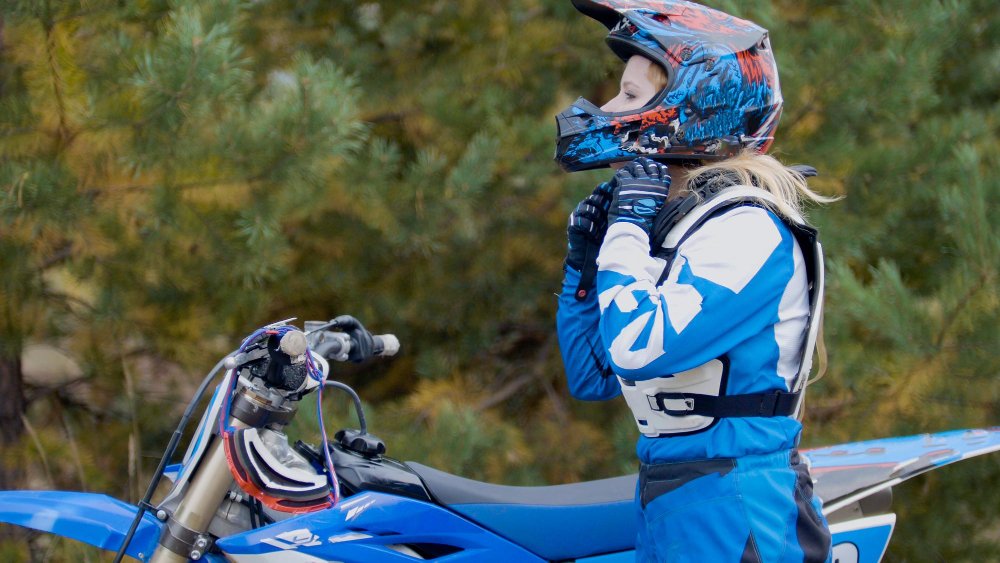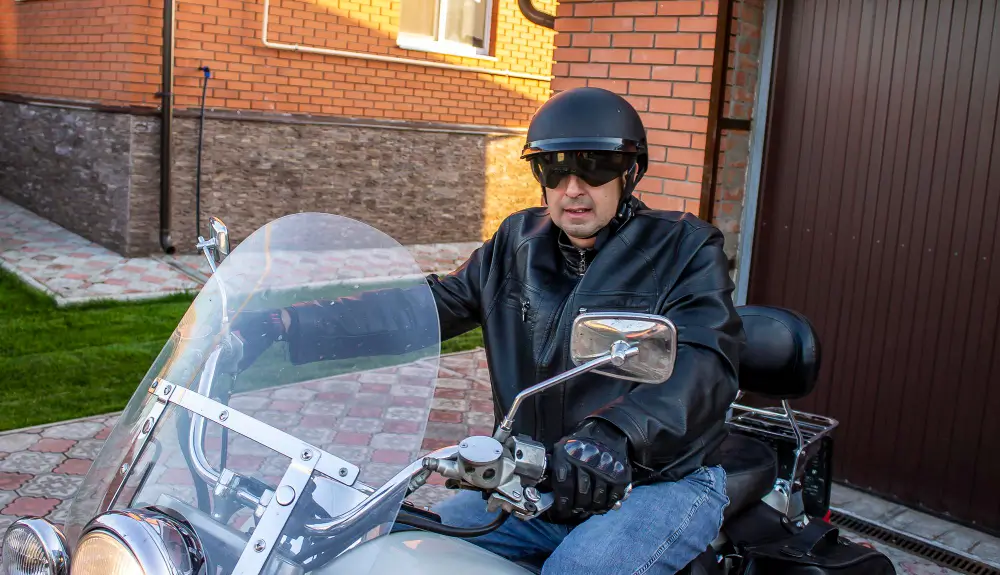
-
By Zara Quinn

A motorcycle helmet is more than just protective gear- it’s a critical investment in your safety and comfort. Choosing the right helmet depends on your riding style, whether you’re a casual commuter, an adventure tourer, or a track racer. With various helmet types, safety ratings, and features available, finding the best fit can feel overwhelming.
In this guide, we’ll explore how to choose the perfect motorcycle helmet based on your riding habits, ensuring you get the balance of safety, comfort, and style.
Motorcycle helmets come in different designs, each catering to specific riding styles. Here are the most common types
A full-face helmet offers the highest level of protection, covering your entire head, including your chin and jaw. It is ideal for sportbike riders, touring enthusiasts, and those who frequently ride at high speeds.

A modular helmet, also known as a flip-up helmet, combines the protection of a full-face helmet with the convenience of an open-face design. It allows riders to lift the chin bar when needed, making it great for touring and adventure riding.

Open-face helmets or ¾ helmets, cover the top, back, and sides of your head but leave your face exposed. They are popular among cruisers, Cafe Racers, and scooter riders who prefer a more relaxed riding experience.

Half Helmets, commonly known as “brain buckets,” provide minimal head coverage and are often worn by cruiser and Harley-Davidson riders.

Dual-sport helmets are designed are designed for both on-road and off-road use. They feature sun visitors, enhanced ventilation, and a more aggressive design suited for adventure and dirt bike riders.

Safety should always be your top priority when choosing a motorcycle helmet. Look for helmets that meet or exceed the following the following safety certifications:
A properly fitting helmet is crucial for comfort and protection. Follow these steps to ensure the best fit:
1. Measure Your Head: Use a soft measuring tape to determine the circumference of your head just above your eyebrows.
2. Check the Fit: Your helmet should fit snugly but not be overly tight. It shouldn’t move around when you shake your head.
3. Test for Pressure Points: Wear the helmet for a few minutes to check for pressure points or discomfort.
4. Secure the Chin Strap: Ensure the helmet stays in place when you move your head or try to lift it off.
When selecting a motorcycle helmet, consider additional features that enhance safety and comfort:
Some helmets come with Bluetooth-ready designs for hands-free calls and navigation.ion
Now that you understand the different helmet types, safety ratings, and features, let’s match them to specific riding styles:
Opt for a lightweight, comfortable full-face or open-face helmet with good ventilation for everyday use.
A modular helmet with a built-in sun visor and Bluetooth compatibility provides maximum comfort and convenience.
A full-face helmet with Snell certification and aerodynamic design ensures safety and performance at high speeds.
A stylish open-face or half helmet suits the relaxed, low-speed riding style of cruiser enthusiasts.
A dual-sport helmet with enhanced ventilation and an extended visor offers the best protection for mixed-terrain riding.
Choosing the best motorcycle helmet requires careful consideration of your riding style, safety ratings, and comfort features. Whether you’re a city commuter, a long-distance tourer, or an adrenaline-seeking racer, the right helmet can enhance your riding experience while keeping you safe on the road.
Before making a purchase, always try on different helmets, check for certifications, and prioritize safety over style. Investing in a high-quality helmet is an investment in your life—ride safe!
Share :
Subscribe to our fortnightly newsletter with stories from our latest adventures and the best travel tips